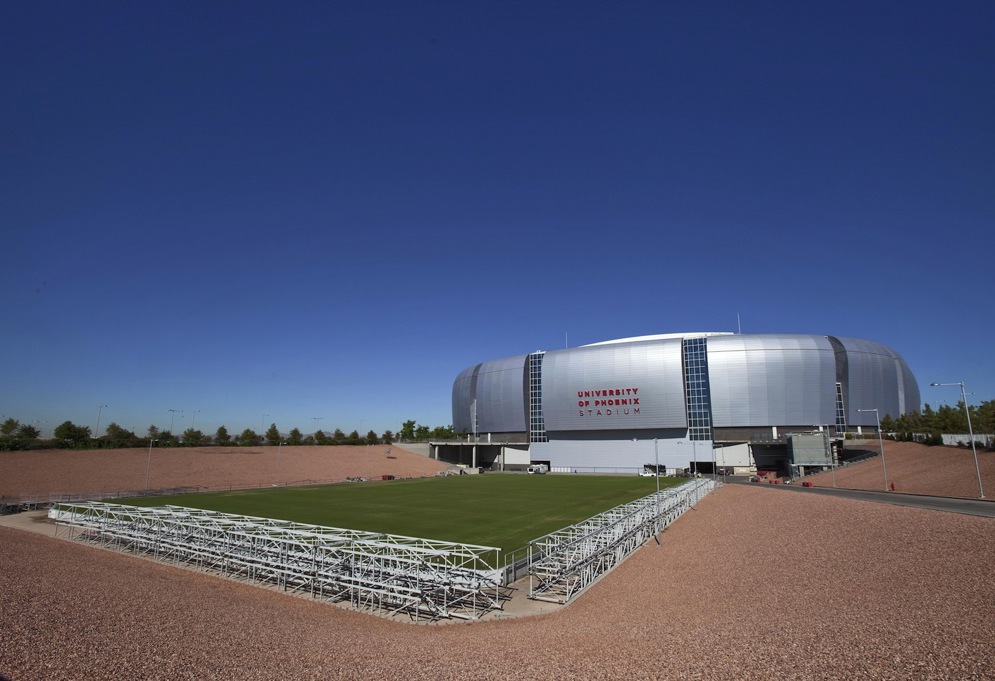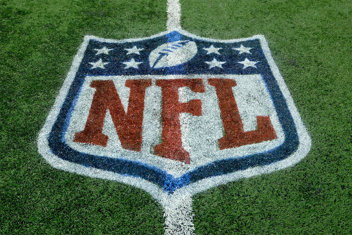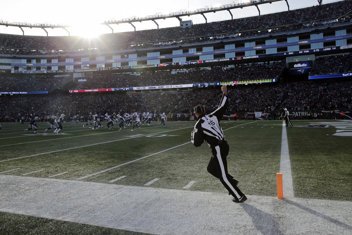Super Bowl XLIX Field Certification
When the Seattle Seahawks and the New England Patriots face off Feb. 1 at University of Phoenix Stadium in Glendale, Ariz., for Super Bowl XLIX, they will do so on a field that has been in place for only three weeks.
The biggest game of the NFL season requires the best possible playing surface. Shortly after the wild-card games were played on Jan. 3-4, the league began the process of replacing the stadium’s playing surface.
The new turf — a hybrid Bermuda grass — was loaded into 30 refrigerated trucks for its nearly 1,700-mile journey from Bent Oak Farm in Foley, Ala. to Glendale. Grounds crews installed the surface on Jan. 9 and 10.
This is the fourth Super Bowl for which Bent Oak Farm has provided the turf, Doug Lipscomb, the farm’s co-owner, told the Alabama Media Group. The last three Super Bowls to be played on a natural surface — Super Bowls XLII (Glendale), XLIII (Tampa, Fla.) and XLIV (Miami) — were played on Bent Oak grass.

The retractable playing field is shown outside University of Phoenix Stadium, Tuesday, Oct. 11, 2011, in Glendale, Ariz. (AP Photo/Matt York)
When University of Phoenix Stadium — home of the Arizona Cardinals — was still in the planning stages, the team’s ownership felt strongly that football should be played on grass. Because the facility is used year-round for events other than football, it has a retractable roof that can be shut to allow for air conditioning in hot weather — meaning that when the roof is closed, the field loses access to the sun and water it needs to survive.
The stadium’s designers came up with a unique solution: an 18.9-million-pound tray that rolls the playing surface outside when it’s not being used so it can get maximum sunlight.
The massive tray, which weighs about 19 million pounds, is powered by a 76-horsepower motor, sits on 13 rails and travels at about 1/8 of a mile per hour. It’s 234 feet wide, 403 feet long and 39 inches tall; the 741-foot one-way trip inside or out takes about 75 minutes. (That doesn’t include the time needed to move the end zone stands out of the way when the field is rolled out and then to put them back in place when the field comes back indoors.)
A sophisticated irrigation and drainage system is built into the tray. Water drains through several feeder pipes into a main drainpipe under the tray. Some water remains, so the field has water while it is in use.
The resodded field went through the NFL’s usual field certification process for a natural playing surface before the Pro Bowl. It will be certified again before the Super Bowl.
“Back-to-back games always present challenges,” said Mike Kensil, vice president of game operations. “This field is going through a lot.”
The field was brought inside for the Pro Bowl on the Friday before the game, and a Super Bowl halftime show rehearsal was held on it that evening (two more rehearsals will be held before the game).
The day after the Pro Bowl, the field tray was rolled outside to soak in more of the Arizona sun and get healthier before the big game. It will be rolled back inside on the Thursday before the game.


